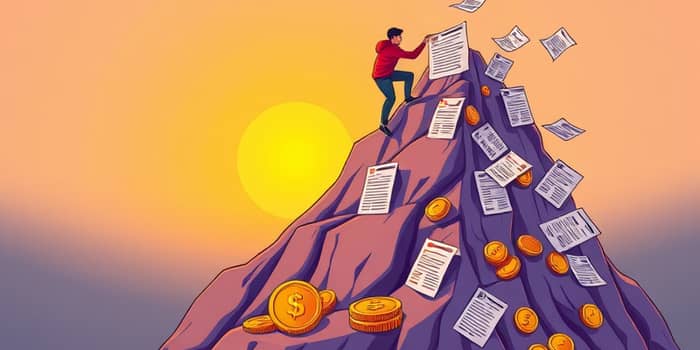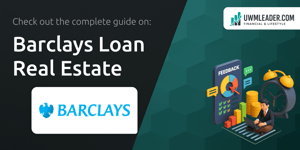
Loan default is not just a financial hiccup but a transformative event that can reshape futures. By exploring its causes, effects, and remedies, borrowers and lenders alike can chart a path toward responsible debt management and recovery.
Loan default occurs when a borrower fails to make payments on a loan as agreed upon in the loan terms. It can apply to personal loans, mortgages, credit cards, student debt, and corporate financing. At its core, default represents a breakdown in the trust between borrower and lender. Missing a deadline to pay a due amount means you fail to make payments on time, triggering penalties.
The prevalence of loan default is significant. In both personal and corporate sectors, defaults can spike during economic downturns or sudden life events like job loss or medical emergencies. Understanding the early warning signs and industry-specific risks can help stakeholders take preventive action.
Missing a payment might feel like a small slip, but a default can unleash a series of escalating consequences for borrowers at every income level. Awareness of these impacts is the first line of defense to prevent defaults before they escalate.
Defaulting on a loan immediately affects creditworthiness. Credit bureaus record severe delinquencies, which can lead to reduced access to credit and higher interest rates for years.
The financial fallout often extends beyond the original loan. Higher insurance premiums, difficulty in leasing property, and even employment barriers can follow a default mark on your record.
When accounts enter default status, lenders can pursue legal remedies. This may involve filing a lawsuit, obtaining court judgments, or garnishing wages. Legal actions incur additional costs on top of unpaid balances.
In cases of overwhelming debt, individuals or businesses might file for bankruptcy. Bankruptcy offers temporary relief during financial hardship through automatic stays against collection, but it also leaves a public record that can hinder financial opportunities for up to ten years.
Collection agencies may also become involved, using letters, calls, and court filings to press for repayment. Though regulated, these practices can intensify stress and push borrowers further from a solution.
Monitoring default statistics provides insight into broader economic health and specific vulnerabilities.
As of Q1 2025, the private credit default rate in the United States stood at 2.42%, representing a slight improvement from Q4 2024. However, shifts in interest rates and corporate profitability could alter the trajectory.
Leveraged loans—extended to companies with higher existing debt—reported a 1.23% default rate in April 2025, with forecasts anticipating an increase to 1.75% by March 2026.
Student loan delinquency remains a critical concern, with about 7.74% of aggregate federal student debt 90+ days past due in Q1 2025. Graduates entering a competitive job market face challenges balancing living expenses with loan obligations.
These figures underscore the need for targeted strategies across sectors—from individual borrowers to corporate finance teams.
Preventing default requires proactive planning, effective communication, and continuous support. Stakeholders must collaborate to develop frameworks that encourage timely payments and offer relief when necessary.
By embedding data analytics to flag high-risk accounts and coupling alerts with counseling, institutions foster sustainable practices that manage debt more effectively and reduce long-term default rates.
An illuminating case study involves a small business that faced supply-chain disruptions and declining revenue. By partnering with their bank, they restructured their credit facility into tiered installments, timed to align with seasonal sales. This approach prevented default and allowed the business to recover without sacrificing critical operations.
A recent college graduate, Maya, illustrates another success story. Struggling to meet initial student loan payments, Maya enrolled in a financial education course offered by her lender. She adopted a budget, joined a peer support group, and switched to an income-driven plan, ultimately maintaining regular payments and protecting her credit.
Financial consultant David Lee emphasizes: “Empathy and flexibility in loan servicing transform borrower experiences. When lenders view clients as partners rather than merely account numbers, default rates can drop significantly.”
In response to rising default concerns, policymakers have strengthened regulations aimed at protecting borrowers. Amendments to the Fair Debt Collection Practices Act prohibit abusive collection tactics, ensuring transparent communication.
The Higher Education Act now mandates clearer disclosure of repayment options for student loans, including income-driven and graduated plans. Federal mandates also require schools to provide entrance and exit counseling to help borrowers understand obligations and resources.
Pre-bankruptcy mediation programs in many states encourage dispute resolution between creditors and debtors before court intervention, fostering negotiated settlements over adversarial legal battles.
Loan default presents complex challenges, affecting financial stability, legal standing, and emotional well-being. By understanding the spectrum of impacts—from significant credit score decline risks to potential legal action—and embracing evidence-based solutions, borrowers and lenders can navigate debt responsibly.
Financial literacy, open dialogue, and flexible repayment frameworks form the cornerstone of a resilient lending ecosystem. Whether you are an individual borrower, a graduate managing student debt, or a corporation balancing financing needs, informed steps today build a stronger foundation for tomorrow.
References













